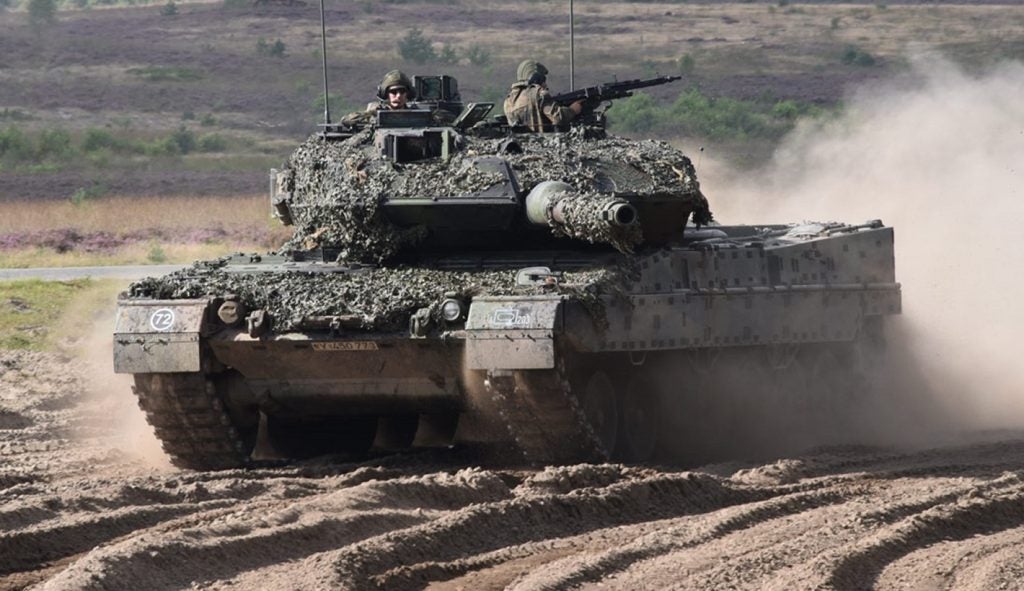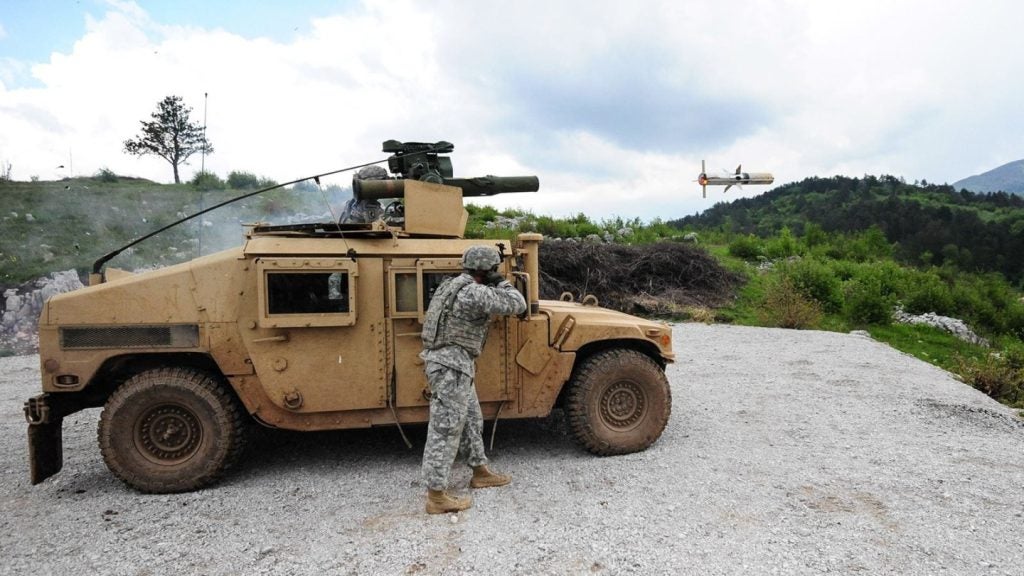Rheinmetall Defence has awarded a subcontract to Thales for the production and delivery of night-vision goggles (NVGs) and infrared (IR) modules for the Gladius soldier system being manufactured for the German Army.
The company will develop and supply 310 light and compact intensifier (LUCIE) II D goggles and 16 IR modules for 30 Gladius systems, previously called ‘Infantry Soldier of the Future’ (IdZ 2), under the €7.5m contract.
Additional deliveries include 300 ultra high-frequency (UHF) radios of SOLAR 400 EG-E type, lithium-ion batteries, charging stations, antenna kits, adapters and cables, as well as logistics documentation and training to the army.
The contract also includes option for delivery of a second set comprising 600 goggles, 192 IR modules and 600 radio systems.
LUCIE II D is an upgraded version of Thales LUCIE goggles featuring a modular design, an integrated organic light-emitting diode (OLED) technology based data and video display, as well as operationally enhanced night vision component.
With a 51° wide field of vision, the LUCIE II D is considered as Bundeswehr’s standard NVG, and facilitates deployment with regard to mobility, observation / identification and effectiveness.
How well do you really know your competitors?
Access the most comprehensive Company Profiles on the market, powered by GlobalData. Save hours of research. Gain competitive edge.

Thank you!
Your download email will arrive shortly
Not ready to buy yet? Download a free sample
We are confident about the unique quality of our Company Profiles. However, we want you to make the most beneficial decision for your business, so we offer a free sample that you can download by submitting the below form
By GlobalDataA new type of goggles, Lucie II DIR, has been manufactured by the company through adaptation of the IR module to the goggles to help improve the soldier’s reconnaissance performance and night-combat capabilities in the battlefield.
The SOLAR 400EG-E UHF radio enables simultaneous transmission of voice and data at high-quality duplex mode between soldiers in the group on three logical channels at a distance of up to 2km in the combat zone.
It features an IP capable integrated, high-performance communications processor, which establishes links to the central processor on the soldier’s back, to the vehicle in mounted operation, and to the VHF lead radio of the team leader.
Equipped with charge status indicator, the Li-Ion batteries provide soldiers with central, uninterruptible power supply of the control and communications system in the battlefield.







